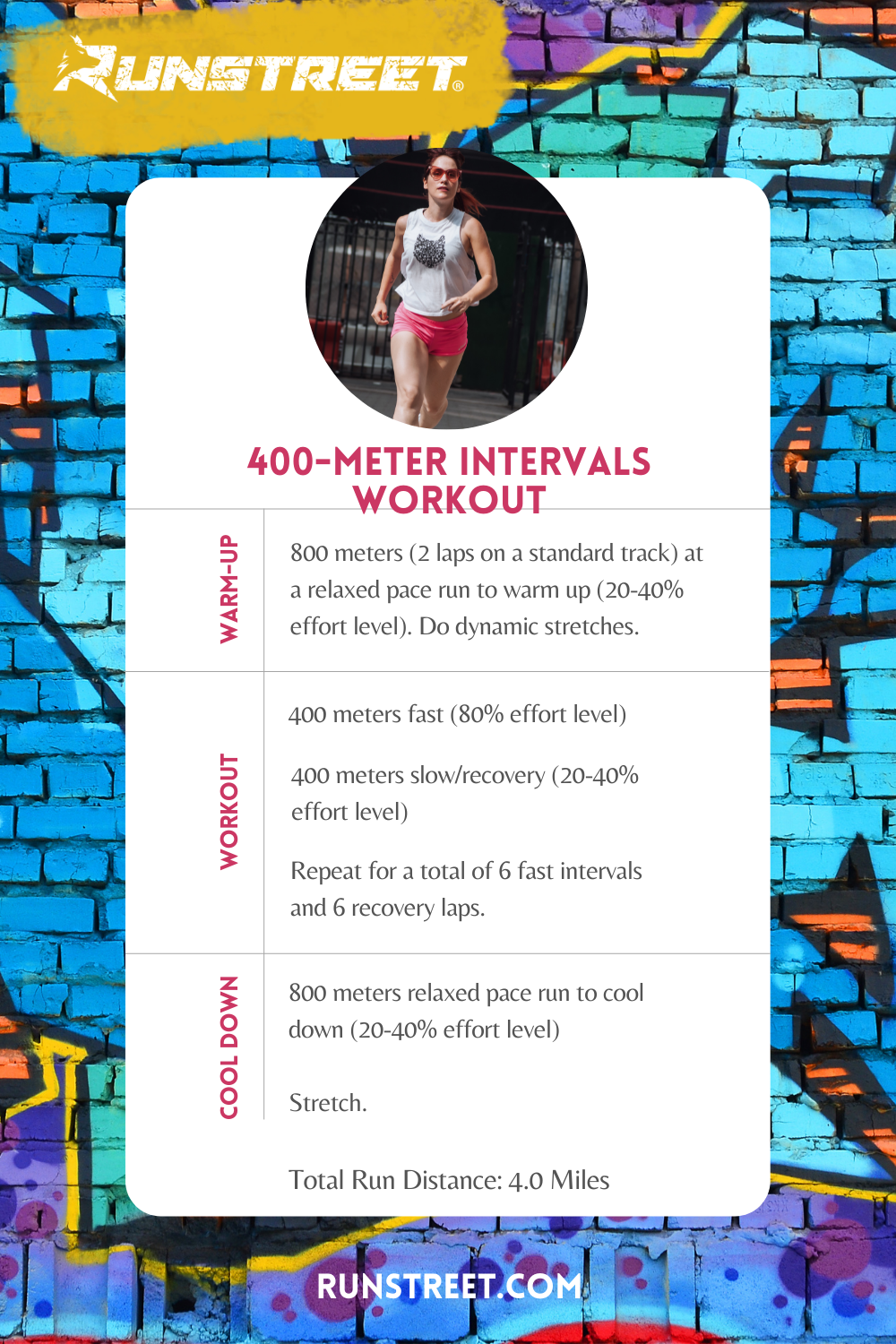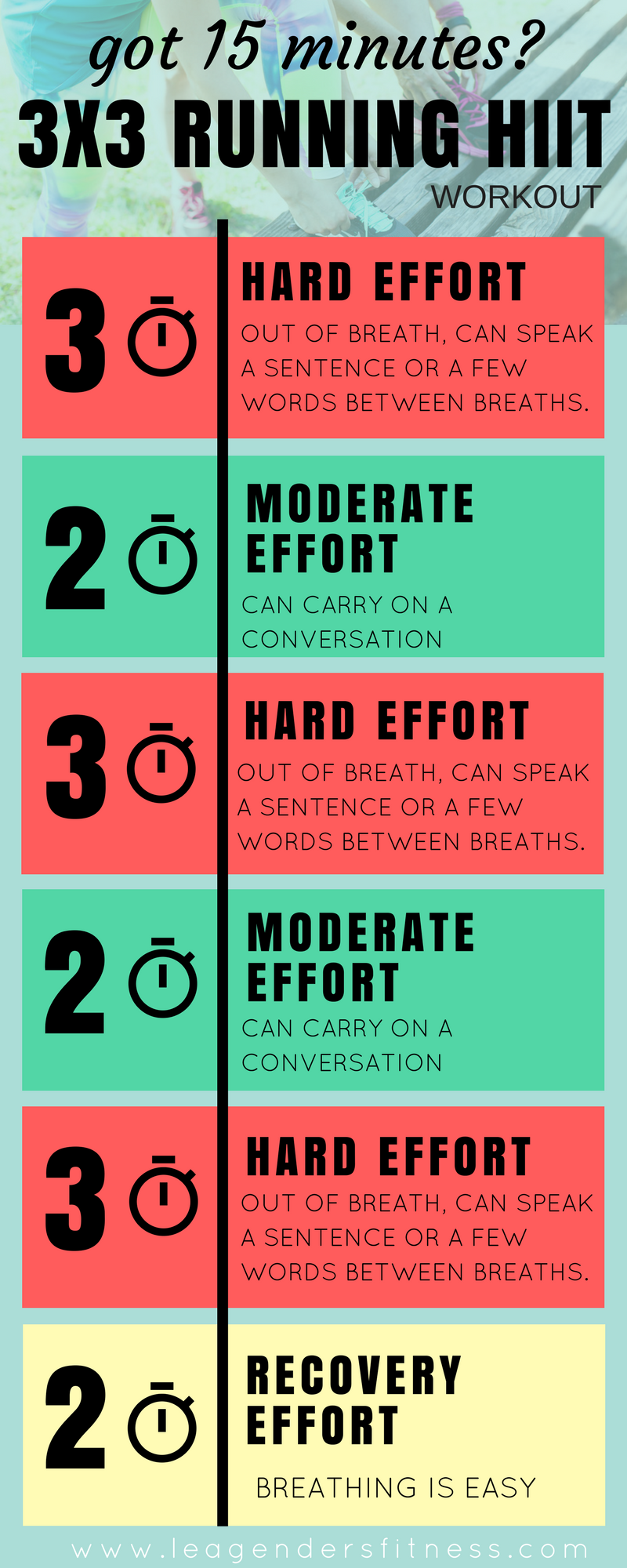Overcoming Discomfort in Operating: Methods and Strategies That Job
Discomfort is a common buddy for many runners, frequently serving as a barrier to achieving their desired objectives. Nonetheless, with the appropriate approaches and strategies, it is possible to get over and also stop the pain linked with running. By checking out different approaches such as comprehending the various kinds of running pain, enhancing footwear and type, incorporating cross-training and strength exercises, executing efficient recovery approaches, and preserving appropriate nourishment and hydration, runners can possibly ease their pain and enhance their total running experience.
Comprehending Different Kinds of Running Pain

An additional type of running pain is joint pain, which can materialize as a sharp or achy pain in locations such as the knees, hips, or ankle joints (running workout). Joint discomfort may be brought on by aspects like inappropriate running kind, overuse, or underlying problems like joint inflammation (click here now). It is essential to distinguish in between muscle pain and joint pain, as the latter might call for clinical interest to stop further injury
Understanding the various sorts of running pain is critical for efficient administration and avoidance strategies to make sure a risk-free and delightful running experience.
Appropriate Footwear and Running Type
To maximize efficiency and decrease the threat of running-related injuries, picking suitable shoes and keeping correct running form are vital parts for runners of all levels. It is advised to choose running shoes that are specifically created for the person's foot type, running stride, and the kind of running activity they engage in.

Cross-Training and Stamina Exercises
Taking part in cross-training and incorporating toughness exercises into a running regimen can substantially improve total performance and minimize the chance of injuries. Cross-training, such as cycling or swimming, aids enhance cardiovascular fitness while offering running muscle mass a break from repetitive influence. It likewise helps strengthen various muscle mass groups, causing far better total body conditioning. Toughness workouts, like squats, lunges, and core exercises, play a crucial function in stabilizing muscular tissues and enhancing running efficiency. They can correct muscular tissue imbalances, improve agility, and boost power result, all of which are necessary for running efficiency.
Integrating cross-training and toughness exercises right into a running regimen should be done purposefully. It is very important to permit adequate remainder in between running sessions and cross-training tasks to avoid overuse injuries. Additionally, concentrating on proper kind click to read more and technique throughout stamina workouts is essential to optimizing their advantages and decreasing the danger of injury. By including these elements into a running routine, runners can develop a more powerful structure, enhance efficiency, and appreciate an extra sustainable running experience.
Recovery and Relax Methods
Having actually established the importance of cross-training and stamina exercises in a comprehensive running regimen, focus can now be directed in the direction of Healing and Rest Strategies as indispensable components for enhancing efficiency and lowering the threat of injuries. (running strategy)
Healing after running is essential for muscle mass fixing and development. Techniques such as foam rolling, stretching, and massage therapy aid in reducing muscle mass discomfort and improving adaptability. Sufficient remainder in between runs allows the body to recoup and adapt to the physical stress and anxiety, avoiding overuse injuries.
Including active healing days right into a training schedule, where low-intensity activities like strolling or cycling are performed, can enhance blood flow and promote healing without putting excess stress on the muscular tissues. Additionally, appropriate hydration and nutrition play a crucial duty in the recovery process by restoring shed fluids and nutrients.
Quality rest is an additional important aspect of recovery that need to not be neglected. During rest, the body undertakes fixing and regrowth procedures, adding to overall physical and psychological well-being. By focusing on recuperation and remainder methods, runners can preserve optimum performance levels and minimize the chance of experiencing discomfort or injuries.
Nutrition and Hydration for Runners
Just how can joggers enhance their performance via appropriate nourishment and hydration practices? Nourishment and hydration are crucial aspects of a runner's training routine, playing an important role in performance, endurance, and recovery. To boost efficiency, joggers need to focus on taking in a healthy diet regimen that consists of carbs, healthy proteins, healthy and balanced fats, vitamins, and minerals. Carbohydrates offer power for running, while proteins help in muscular tissue repair and recuperation. Healthy fats support overall health and assistance in taking in necessary nutrients. Adequate hydration is likewise important to preserve optimum performance, as even light dehydration can negatively impact running performance. Runners must drink water prior to, during, and after their go to remain hydrated. Electrolytes, such as salt and potassium, are likewise crucial for maintaining fluid equilibrium and muscular tissue function - running strategy. In addition, timing meals and treats appropriately prior to runs can help avoid gastrointestinal discomfort and provide the needed energy for peak efficiency. By focusing on their nutrition and hydration, joggers can improve their endurance, quicken recovery, and execute at their ideal.
Verdict
Finally, by recognizing the different sorts of running discomfort, putting on proper footwear, keeping proper running form, including cross-training and stamina exercises, prioritizing recuperation and rest, and concentrating on nutrition and hydration, runners can properly conquer discomfort and boost their performance. Executing these approaches and techniques can help joggers prevent injuries, boost their endurance, and eventually delight in a much more meeting running experience.